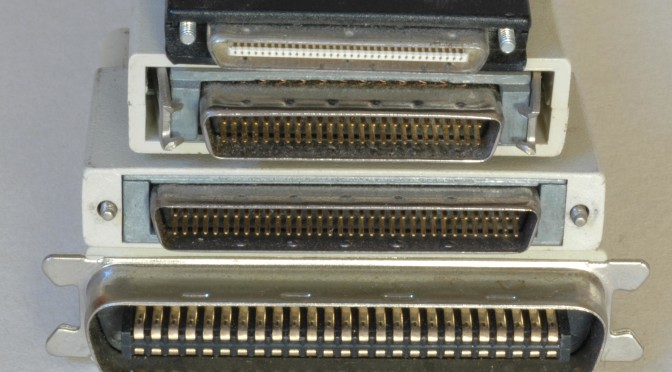SCSI is basically a fast communications bus, which allows users to connect multiple devices to their computers. Shugart Associates first introduced SCSI technology in 1981 in conjunction with NCR. It is predominantly used in high-end workstations and servers and offers a variety of speed and connection variations. There are several types of SCSI available such as Ultra, Fast, Wide, and Fast/Wide SCSI. Each type utilizes different variations of bus widths, bus speeds, and throughput capabilities, which ranges from 4 – 160 MBps. The benefits of SCSI are that it is very fast and reliable and allows you to connect eight to sixteen devices on one bus in a daisy chain fashion.
At the heart of SCSI technology is the controller, which is utilized as the interface between all of the devices on the SCSI bus and the computer. The controller is commonly referred to as the host bus adapter. Another main reason SCSI is widely utilized is that it offers the capability of RAID (Redundant Array of Independent Disks) technology. RAID allows the use of a series of independent disk to be connected together and used as one logical disk. This increases performance and provides fault tolerance with the high speeds of SCSI technology.
